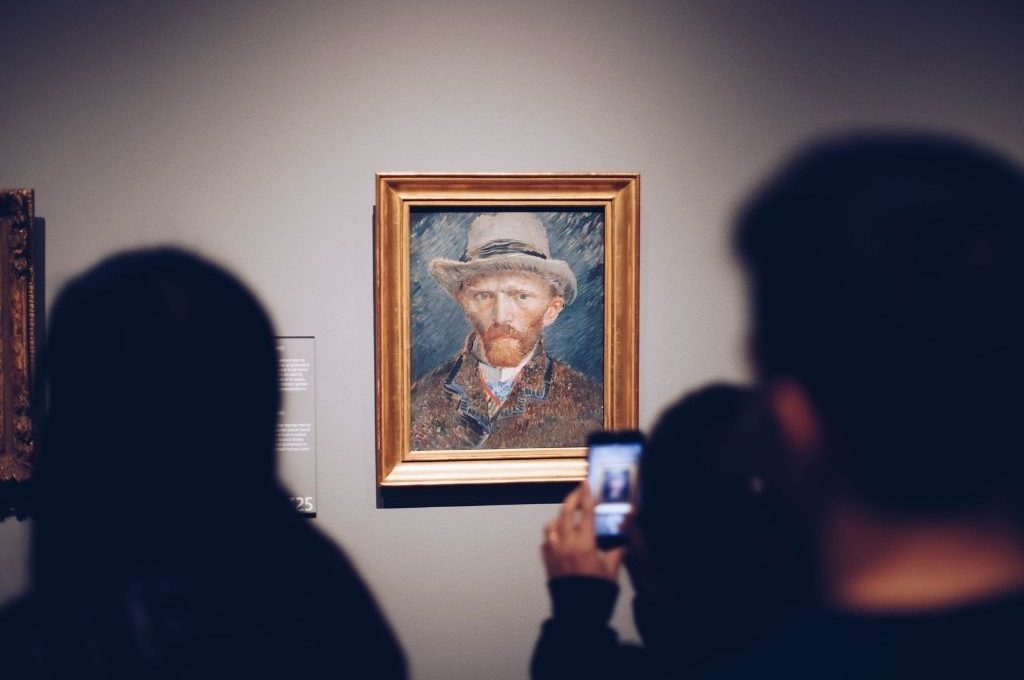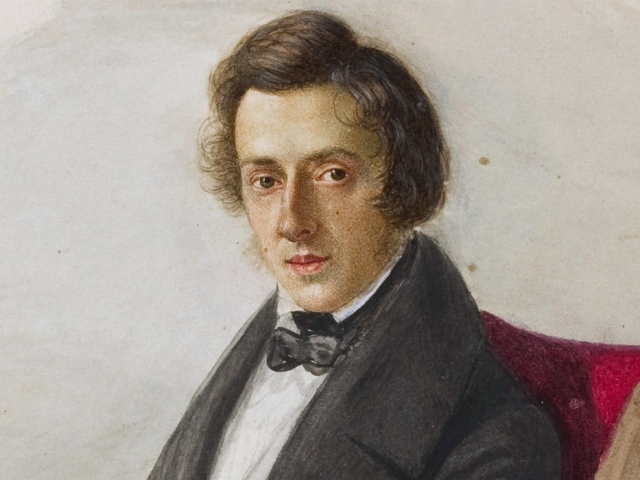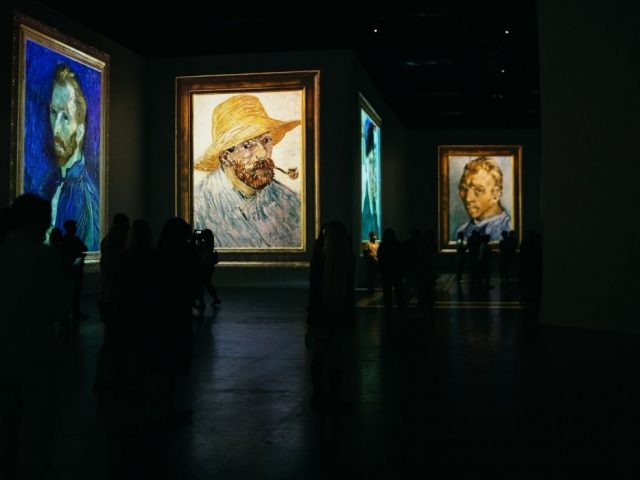Get ready for our little journey to the end of the 19th century and the beginning of the 20th century!
This is exactly when the group we call modern painters emerged. They broke away from traditional techniques and styles to showcase their own skills. They introduced new perspectives and forms to the art world. From Cubism and Surrealism to Abstract Expressionism and Pop Art, many movements came and went. The works and movements created by these artists have also shaped and continue to shape art in the 21st century in many ways.
🛎️ Reminder: Don’t forget to download Piri Guide mobile app to explore the works of famous modern painters and the museums or cities that house them! 😊
Salvador Dali: Master of Surrealism

“A true artist is not one who is inspired, but one who inspires others.”
If we were asked to name 5 modern painters from the 20th century, one of the first names that would come to mind is Dali. We became acquainted with Dali through his surrealist paintings and sculptures. But who was Salvador Dali, really?
Salvador Dali was born on May 11, 1904, in the town of Figueres, Spain. His artistic talent was recognized at an early age, and he eventually proved his artistic prowess, as he is now known as the master of Surrealism. Surrealism was a cultural and artistic movement that aimed to break down the barriers between the conscious and unconscious mind. Dali reflected the strange and unexpressed images hidden deep within the mind in his works. As a result, he produced some of the most important examples of Surrealism, such as the famous painting The Persistence of Memory that we all know.
In addition to his paintings, Dali was a prolific sculptor. He created many sculptures that were described as “bizarre” and “shapeless.” His sculptures often carried traces of natural elements. Like his paintings and sculptures, Dali himself had an unusual personality and a flamboyant style. Some of you may remember the photograph of him walking a pet anteater, which was quite eccentric. 🐜
Did You Know? 👀
Dali was once offered the opportunity to complete La Sagrada Familia in Barcelona. However, Salvador Dali rejected the offer, stating that it would be a disrespect to the original artist, Antoni Gaudí. If you’re interested in exploring Barcelona, our Barcelona travel guide is right here: Barcelona Travel Guide!
Vincent Van Gogh
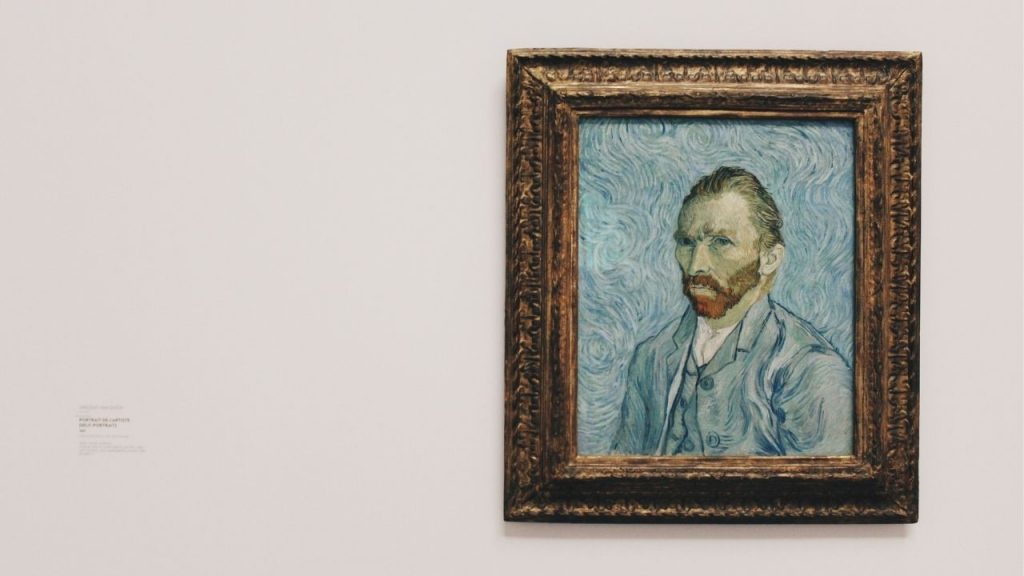
“Be clearly aware of the stars and infinity on high. Then life seems almost enchanted after all.”
One of the modern painters, Van Gogh, who was influenced by Expressionism, was born in Amsterdam in 1853. His childhood was spent in a turbulent family, and he struggled to find his place in this world. After working as an art dealer and missionary for a while, he decided to become an artist at the age of 27. Vincent Van Gogh, who self-taught himself, was influenced by the French Impressionists.
Unfortunately, Van Gogh did not receive formal art education, but he developed his own style with bold, intense brushstrokes and striking colour choices. He gained recognition for his series of sunflowers painted while he was living in the town of Arles, France, in 1888. These vibrant and attention-grabbing works are considered among the most famous paintings in the art world.
Vincent Van Gogh’s life was plagued by mental illness. He suffered from severe depression and hallucinations due to his mental disorder. He spent a part of his life in mental hospitals, but he did not allow this struggle to stop his art. Even during his time in the hospital, he continued to create and depict his intense emotions.
Why Did van Gogh Cut off His Ear?
The artist Vincent Van Gogh, during his stay in Arles, famously cut off his left ear with a razor blade and later painted the self-portrait titled Self-Portrait with Bandaged Ear. The exact reason why Van Gogh cut off his ear is still uncertain. However, it is believed that his mental disorders, such as schizophrenia or bipolar disorder, or depression, may have triggered this act. Some even suggest that he cut off his ear following an argument with his artist friend Paul Gauguin. Another theory suggests that he did it in response to the criticism he received for his artworks.
Gustav Klimt
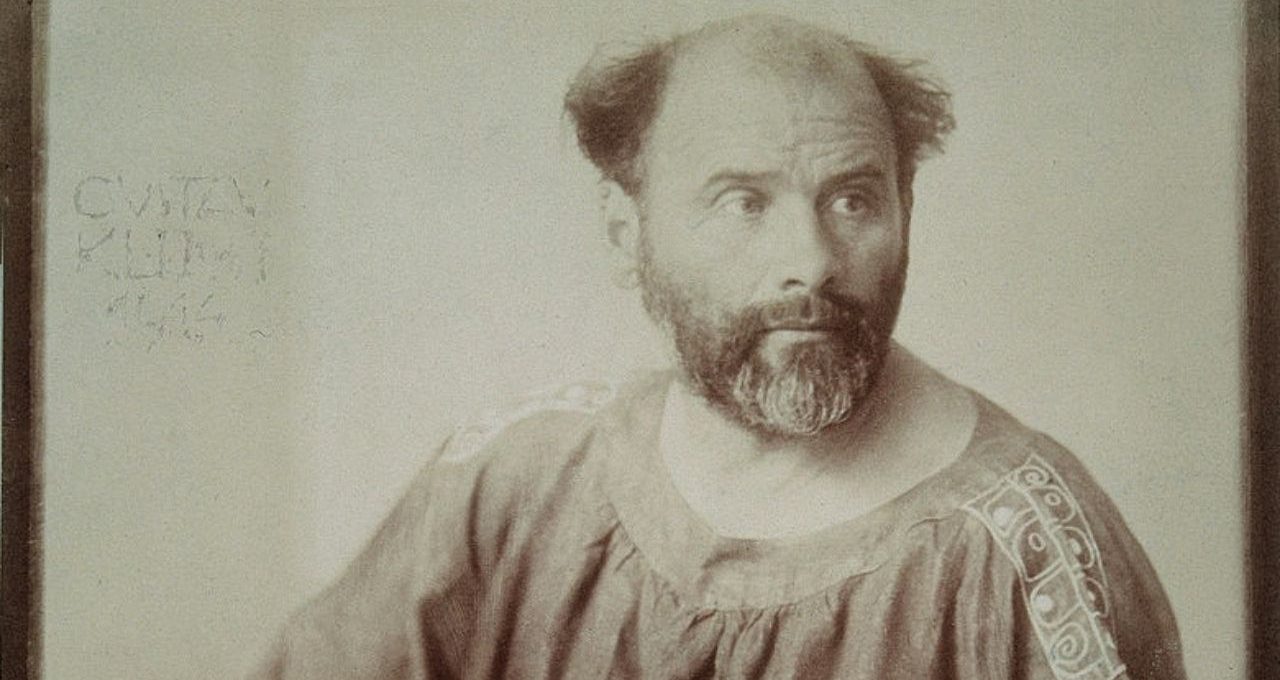
“No part of life is so small and insignificant that it does not offer space for artistic aspirations.”
Austrian modern artist Gustav Klimt lived between 1862 and 1918, making a name for himself in art history as one of the influential figures and modern painters of the Art Nouveau movement. He was born in the town of Baumgarten, Austria, and grew up in a family surrounded by artists. Growing up among artists not only contributed to his artistic talent but also helped him further develop his skills in this field. Klimt created works in various mediums, including oil paintings, frescoes, drawings, and graphic prints. He was also responsible for the interior architecture of the Vienna Secession Building, which served as an exhibition hall, and the Kunstgewerbe Museum.
Gustav Klimt is often associated with his paintings The Kiss and The Portrait of Adele Bloch-Bauer I, but during his lifetime, he faced criticism from many quarters. Many people found Klimt’s works excessively ornate. Despite all the criticism, Gustav Klimt continued to push the boundaries of traditional art.
Pablo Picasso
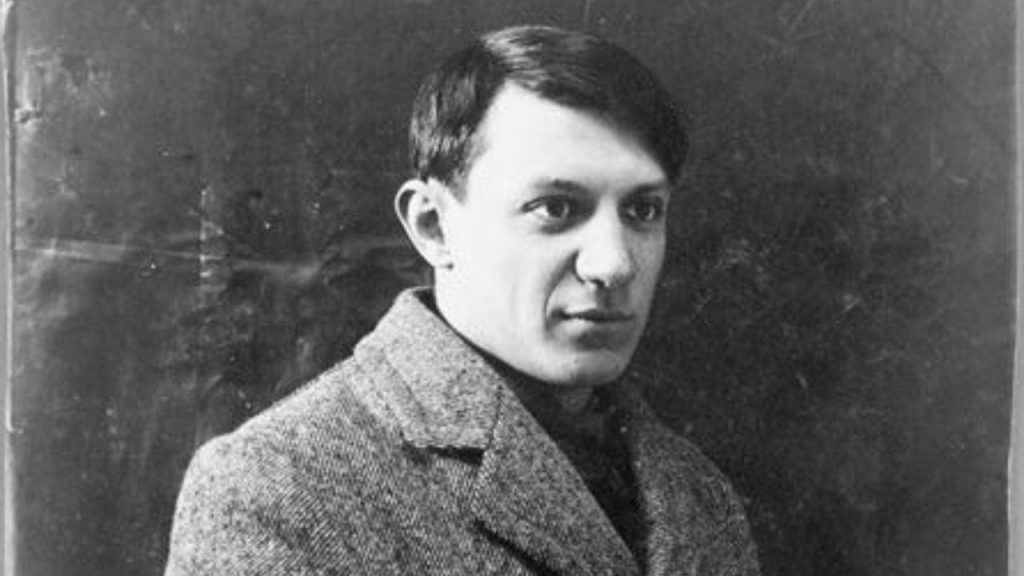
“Everything you can imagine is real.”
Picasso was born in Malaga, Spain, in 1881. At the young age of 14, he began his education at the Royal Academy of Fine Arts in Barcelona. He became one of the important artists of modern art in the 20th century. He is considered one of the founders of the Cubist movement and revolutionized the art world with his creative and boundary-pushing style. Picasso and his partner Georges Braque preferred to depict fragmented and abstract perspectives. Throughout his life, Picasso produced over 50,000 works, including paintings, drawings, ceramics, and sculptures.
One of Picasso’s most famous works is Les Demoiselles d’Avignon, which played a significant role in the development of the Cubist movement. This painting depicts five women in a brothel. When considering the time in which the painting was created, we can see that the traditional role of women is depicted in an unexpected way.
🎨 If you have plans to visit the Picasso Museum in Barcelona, don’t forget to download the Piri Guide mobile app, which offers a digital tour guide!
Piri Guide detects your location, offers you the best travel routes, and starts telling you the hidden stories of wherever you are. All you have to do is to get your headphones or earbuds and follow the path at your own pace. Then, don’t set out for your trip before downloading the digital travel guide! 😊
An American Modern Painter: Edward Hopper
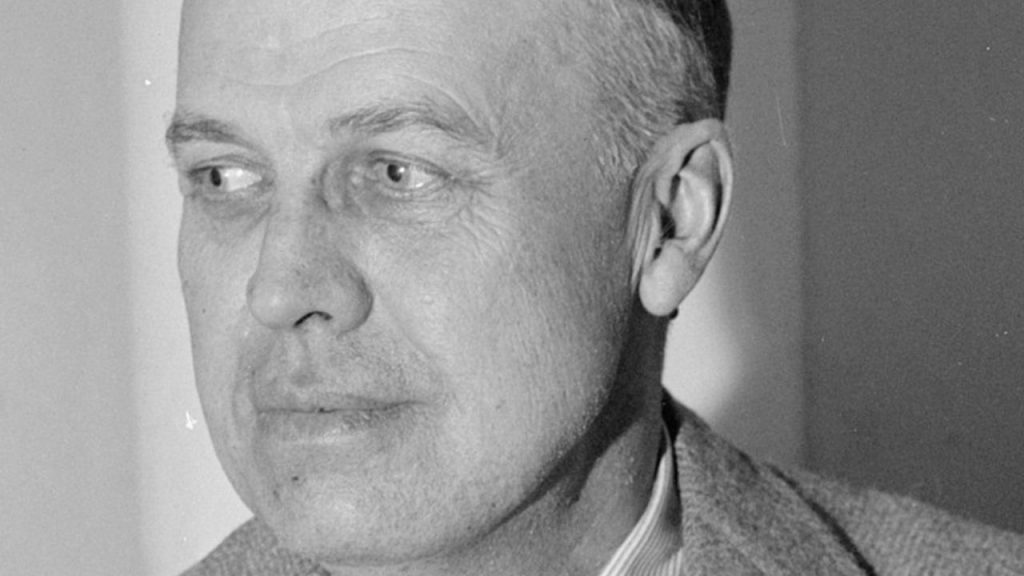
“If you could say it in words, there would be no reason to paint.”
The owner of the iconic painting Nighthawks (1942) that has also found a place in popular culture: Edward Hopper.
Edward Hopper, a realist artist, was born in New York in 1882. While he initially began his career in institutional illustration, he later turned to fine arts. In his works, he often depicted the lives of Americans living in the mid-20th century, portraying ordinary people and places. Through his portrayals, he often showcased themes of loneliness, isolation, and existential meaninglessness. He depicted his subjects in various settings, such as a gas station, a hotel room, or a diner. All of these are indications of how skilfully Hopper conveyed emotions and atmosphere in his paintings.
There were even those who found Edward Hopper’s work ridiculous at times. However, those who believed that he essentially captured American life continued to praise him. Today, he is regarded as one of the greatest American painters of the 20th century and continues to influence young artists with his work.

